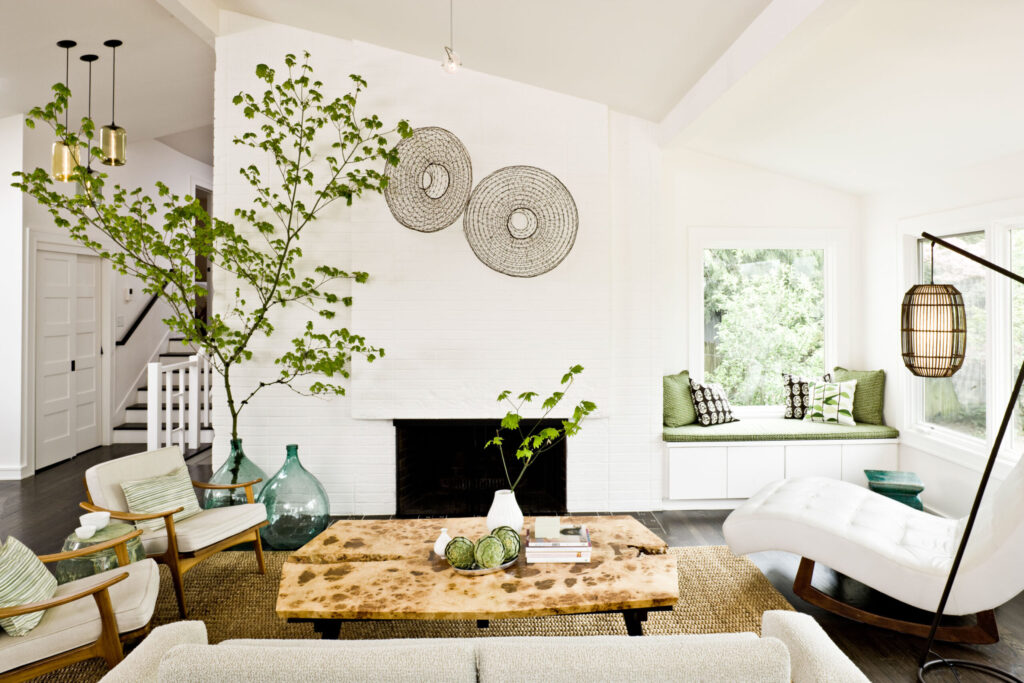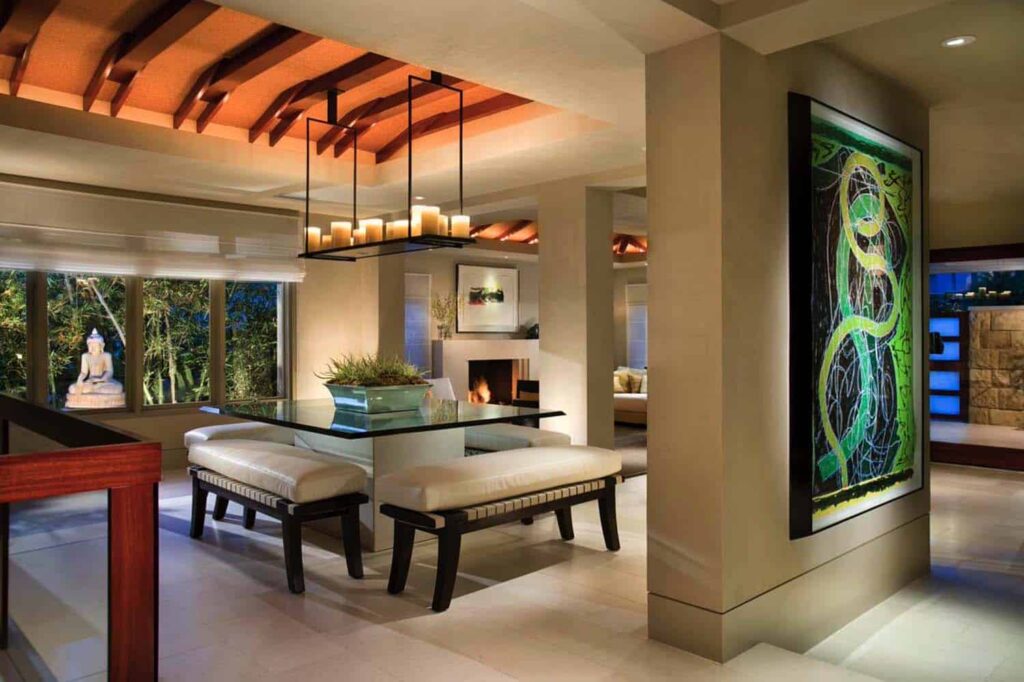Introduction:
In the world of interior design, every space is a blank canvas waiting to be transformed into a masterpiece of aesthetics and functionality. Whether you’re revamping your home, office, or any other interior space, mastering the art of interior design allows you to create environments that not only look appealing but also cater to your unique needs and preferences. In this guide, we’ll

Step 1: Define Your Vision
Before embarking on your interior design journey, it’s crucial to have a clear vision of what you want to achieve. Take time to envision the atmosphere, style, and overall vibe you desire for the space. Are you drawn to a contemporary, minimalistic look, or do you prefer a cozy, traditional ambiance? Defining your vision sets the foundation for the entire design process.
Step 2: Assess the Space
Understanding the dimensions and layout of the space is paramount. Measure the room’s dimensions, including walls, windows, and doors. Take note of any architectural features that can impact your design choices. A thorough assessment of the space allows you to plan furniture arrangements, circulation paths, and functional zones effectively.
Step 3: Choose a Color Palette
Colors play a pivotal role in interior design, influencing the mood and character of a space. Select a color palette that resonates with your vision. Consider using a primary color as the base and incorporating complementary hues for depth and contrast. Neutrals provide versatility, while pops of bold colors can add visual interest and energy.
Step 4: Select Suitable Furniture
Furniture selection is where functionality meets style. Opt for pieces that align with your vision while fulfilling practical needs. Consider the room’s purpose and how you intend to use it. Choose furniture that complements the space’s proportions and leaves ample room for movement. Don’t forget about comfort – ergonomic and cozy furniture enhances the overall experience.
Step 5: Establish a Layout
The layout of your interiors determines how well the space flows and functions. Arrange furniture in a way that promotes easy movement and creates visually pleasing compositions. Create distinct zones for different activities, ensuring a harmonious balance between open areas and cozy corners. Experiment with layouts until you find the one that optimizes both aesthetics and usability.
Step 6: Incorporate Texture and Patterns
Texture and patterns add depth and visual intrigue to your interiors. Introduce a mix of textures through textiles, materials, and finishes. Consider using rugs, throw pillows, and decorative items to layer textures. Patterns, whether through wallpaper, fabrics, or accessories, infuse personality and character into the space.
Step 7: Play with Lighting
Lighting is a design element that can transform the ambiance of a room. Layer lighting sources to create a well-balanced and adaptable environment. Incorporate ambient lighting for overall illumination, task lighting for specific activities, and accent lighting to highlight architectural features or artwork. Dimmer switches allow you to adjust the light levels based on the occasion.

Step 8: Add Personal Touches
Your interior design should reflect your individuality and interests. Decorate with personal items, artwork, and decor pieces that hold sentimental value or evoke positive emotions. These touches make the space uniquely yours and add a layer of authenticity to the design.
Step 9: Focus on Functionality
While aesthetics are essential, functionality should never be compromised. Ensure that the design caters to your practical needs and enhances your daily activities. Keep pathways clear, provide ample storage solutions, and choose furniture that serves a purpose beyond its visual appeal.
Conclusion:
Designing interiors is an art form that combines creativity, practicality, and a deep understanding of your vision. By following these steps on how to design interiors, you can embark on a transformative journey that turns any space into a reflection of your personality and lifestyle. With careful consideration of color, layout, furniture, and personal touches, you’ll create interiors that not only look stunning but also elevate your quality of life. Remember, the key to successful interior design lies in harmonizing aesthetics and functionality to achieve spaces that inspire, comfort, and delight.

